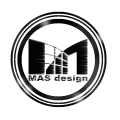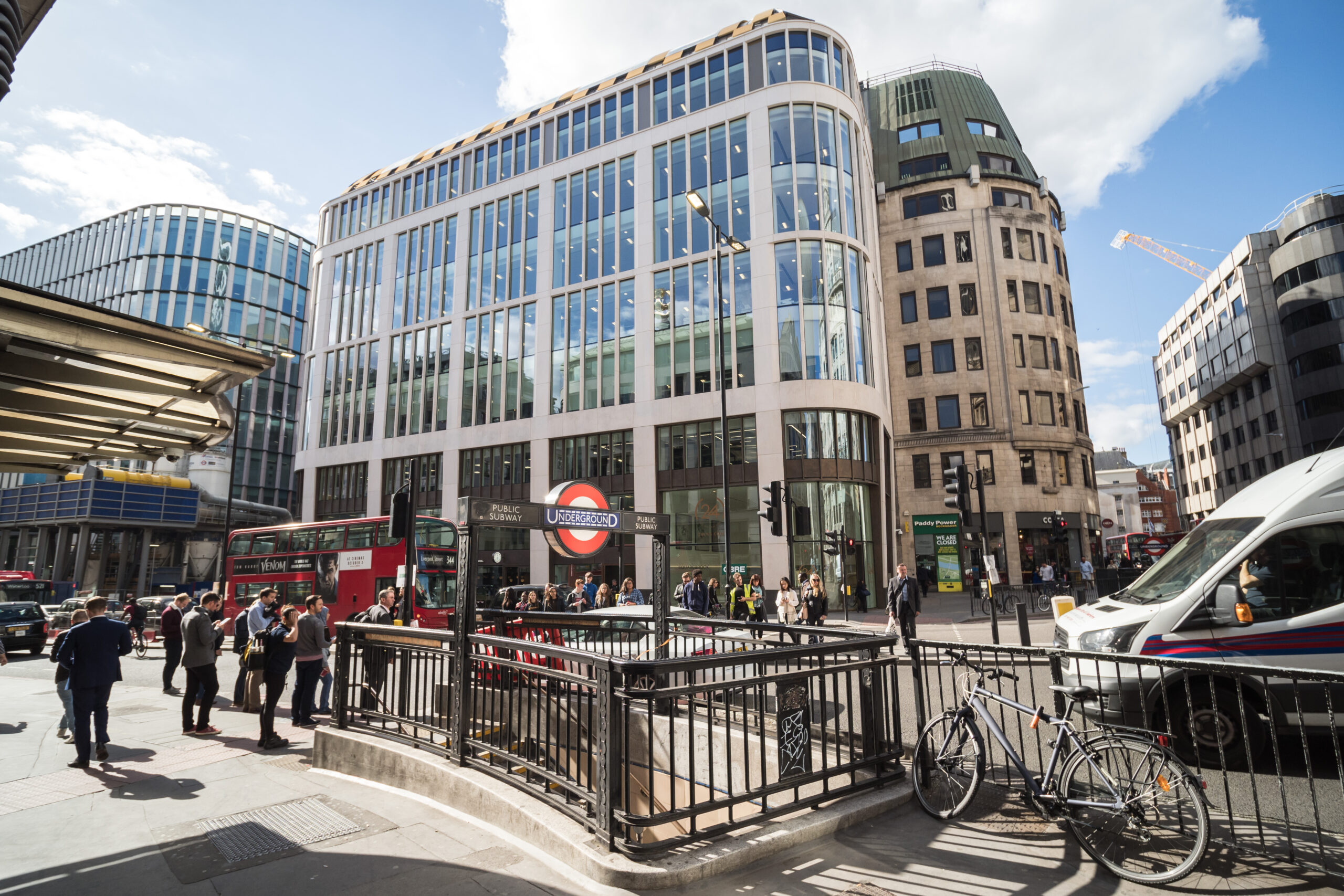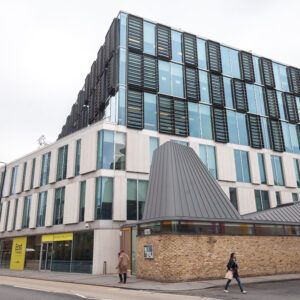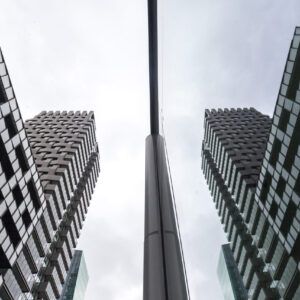
King William Street
Location:
Main contractor:
Architect:
Complete:
Façade Scope:
London, England
Beltane
Ben Adams Achitects
2017
Performing static, fabrication and site project curtain walls.
SEND US A MESSAGE
CONTACT INFORMATION
15 Powązkowska St.
01-797 Warsaw
Poland
Do You have A Question? Do You want to know our offer?
WE ARE AT YOUR DISPOSAL!
24 KING WILLIAM STREET
Country: UK, England
Location: London
Purpose: commercial and office space
Main Contractor: Beltane
Architect: Ben Adams Achitects
Our contribution: Performing static, fabrication and site project curtain walls.
Complete: 2017
The combination of Proteus Facades’ solid and perforated brass, zinc and aluminium cladding panels helped create a striking finish to the redesigned mixed-use office building at 24 King William Street in London.
Renovation of the building with an area of 80 730 m² located on the north approach to London Bridge, was designed by Ben Adams Architects and apart from the reconstruction, it also included the addition of two new storeys.
PROJECT
As part of the project, an elegant two-story entrance hall leading to the vestibule of the elevators was created and finished with Portland stone floors and walls of marble and leather, with brass accents. To reflect the style of the interior, the building has been tiled on the outside with perforated window sashes with brass fittings and vertical finishing elements, with hand-applied decorations on the facade facing the street from the ground level.
The fins of the 24 King William Street building are constructed from rigid extruded aluminum that connects to the curtain wall glazing. The outer element of the fins has been contoured into a cone shape on their entire length to generate an angled effect the fins increasingly extend outwards as they ascend – whilst the connection of the material to the extrusion and the window frame remains constant.
RECONSTRUCTION
The internal aluminum rib structure provides the necessary support and structural connection to the curtain walls. It also created an impression of depth, somewhat hiding the curtain wall system and giving the impression that the fins are floating in front of the glazing system.
The fins are complemented by perforated panels mounted in the curtain wall system. These panels hide the ventilation elements of the curtain wall and connect the glazed surfaces and the curtain wall system with each other. The panels have been finished with a craft patination.
The structure of the lower floors of the building is made of a combination of copper and zinc, which creates an extremely strong, durable facade, with patinated finishes that add texture and contrast to the building, keeping the building in a retro aesthetic. The variety of the copper alloy material allowed for unparalleled variety and high-quality aesthetics, complementing the natural stone and brass shades of the hall.
The rear elevation of the nine-story building features an equally impressive limestone façade with rainscreen panels. This zinc material is then wrapped around the ceiling to form a curved roof that connects vertical and horizontal surfaces into an aesthetically coherent whole.
EFFECT
This combination of materials helped restore this antiquated and unused office building from the 1980s, transforming it into a modern, aesthetic structure, with the lower floors dedicated to commercial spaces and the upper floors to offices overlooking the city and the Thames. The renovated building was opened in 2017.























